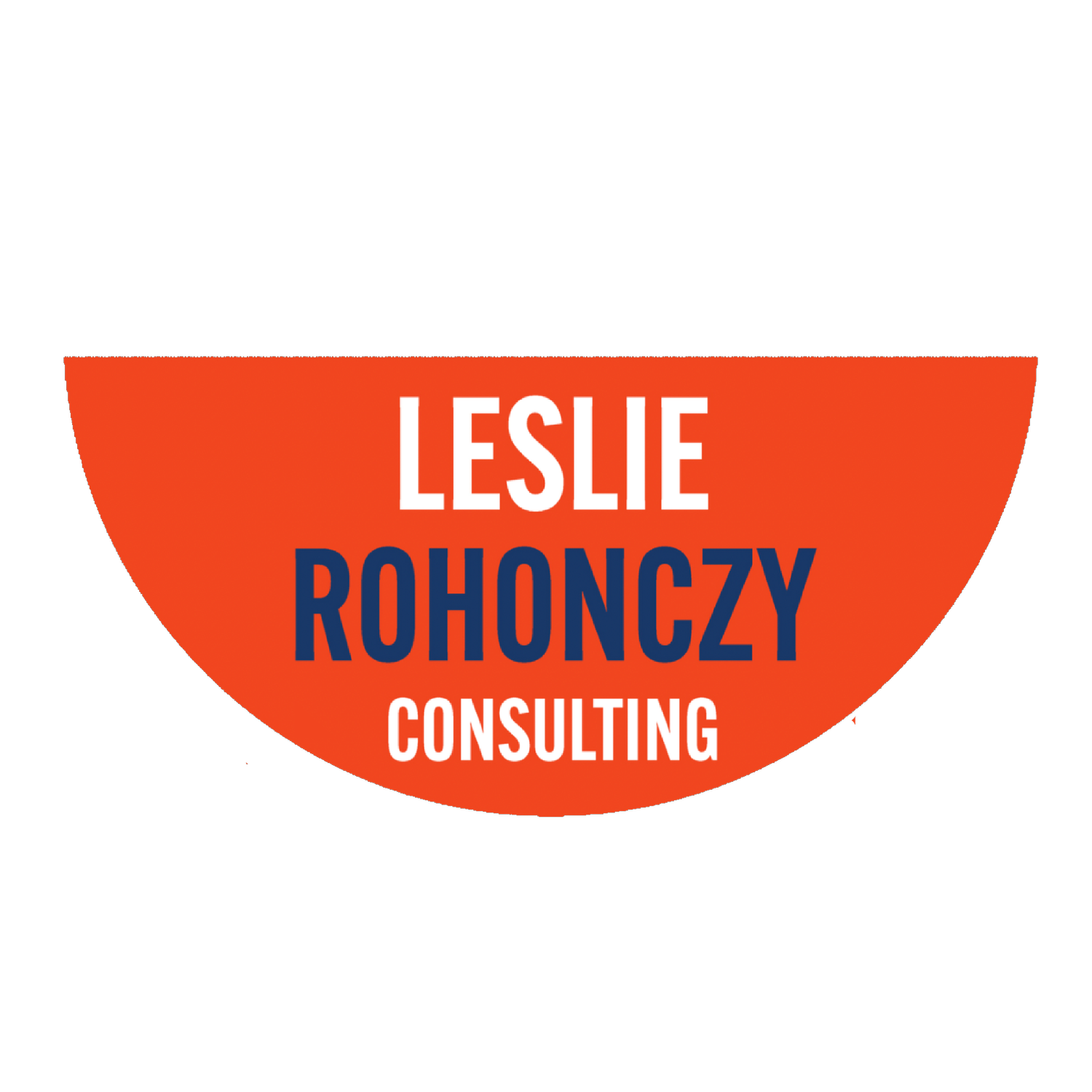INFLUENCE MAPPING PRACTICE
HOW TO USE THE INFLUENCE MAP
STEP 1: IDENTIFY THE KEY PLAYERS
Using the Influence Map template on the last page, place your name in the centre. Then, in the surrounding circles, add the names of individuals who significantly impact your ability to succeed, grow, and lead effectively. Think beyond your immediate team: include your boss, cross-functional partners, direct reports, key external stakeholders, or influential board members. Influence is about proximity to power and perception, not just title.
STEP 2: TAKE A RELATIONSHIP SNAPSHOT
For each individual, reflect on these four indicators:
Trust Level (Low, Medium, High): Is this relationship built on mutual trust?
Influence Flow (One-Way or Two-Way): Do you influence each other, or is the flow lopsided?
Current Currency: What do you bring to this relationship that earns you influence? Clarity? Calm? Creativity? Reliability? Insight?
Emotional Cost (Low, Medium, High): How much energy does this person require from you?
This step alone can surface powerful insights. I’ve seen clients realise that the person they’re working hardest to impress doesn’t actually influence the outcomes that matter most.
STEP 3: DEFINE YOUR STRATEGIC INTENT
Ask yourself:
What is the strategic purpose of this relationship?
What would make this connection more effective?
What’s one behavioural shift I could try to improve it?
Maybe it’s slowing your pace with a fast-moving peer. Or being more transparent with a cautious, trust-sensitive stakeholder. Or having clearer asks with someone who always offers support but rarely follows through.
STEP 4: PRIORITISE YOUR INFLUENCE
Use simple symbols to code your map:
STAR = Needs your attention
CHECKMARK = Strong and stable
TRIANGLE = Draining without enough return
Then ask:
Who are your allies and advocates?
Who represents active friction?
Where is there untapped opportunity?
Mapping this visually helps you spot patterns. Maybe all your strong relationships are downward, and you’ve neglected peer or upward influence. Or maybe one draining connection is hijacking your attention and causing unproductive spirals.
EXPLORE POWER DYNAMICS AND POLITICAL ACUMEN
Influence is relational, but it’s also political. Not in the Machiavellian sense, but in the sense of understanding where power lives and how decisions are made.
For each person on your map, ask:
What motivates or unsettles them?
How do they like to receive information?
How is power expressed in this relationship, and how do I tend to respond?
What other relationship could help me improve this one?
One client discovered that his most difficult cross-functional partner was deeply influenced by someone he hadn’t built a strong connection with – a surprising but powerful pivot point. Strengthening that second relationship softened the resistance in the first.
ACTION PLAN: WHERE TO START
Choose one relationship on your map that is costing you significant energy but yielding low influence or trust in return. Ask yourself:
What am I trying to get from this relationship?
Is that realistic, or am I overplaying it?
Could a shift to curious diplomacy help? Or is a strategic withdrawal more appropriate?
Influence is rarely about pushing harder. It’s about choosing where and how to invest, creating conditions where trust can take root, and where alignment becomes possible.
READY TO MAP YOUR INFLUENCE?
You don’t need to overhaul your entire relationship strategy overnight. But you do need to look at it. Influence is one of your most valuable leadership assets, and yet most executives don’t take the time to map, audit, or recalibrate it.
Try the Influence Map. Get curious. And if you want help unpacking the patterns or crafting a game plan to lead with more impact and less friction, let’s talk. I coach senior leaders to build trust, navigate power dynamics, and lead with clarity, confidence, and connection. Reach out today to grow your leadership influence:

